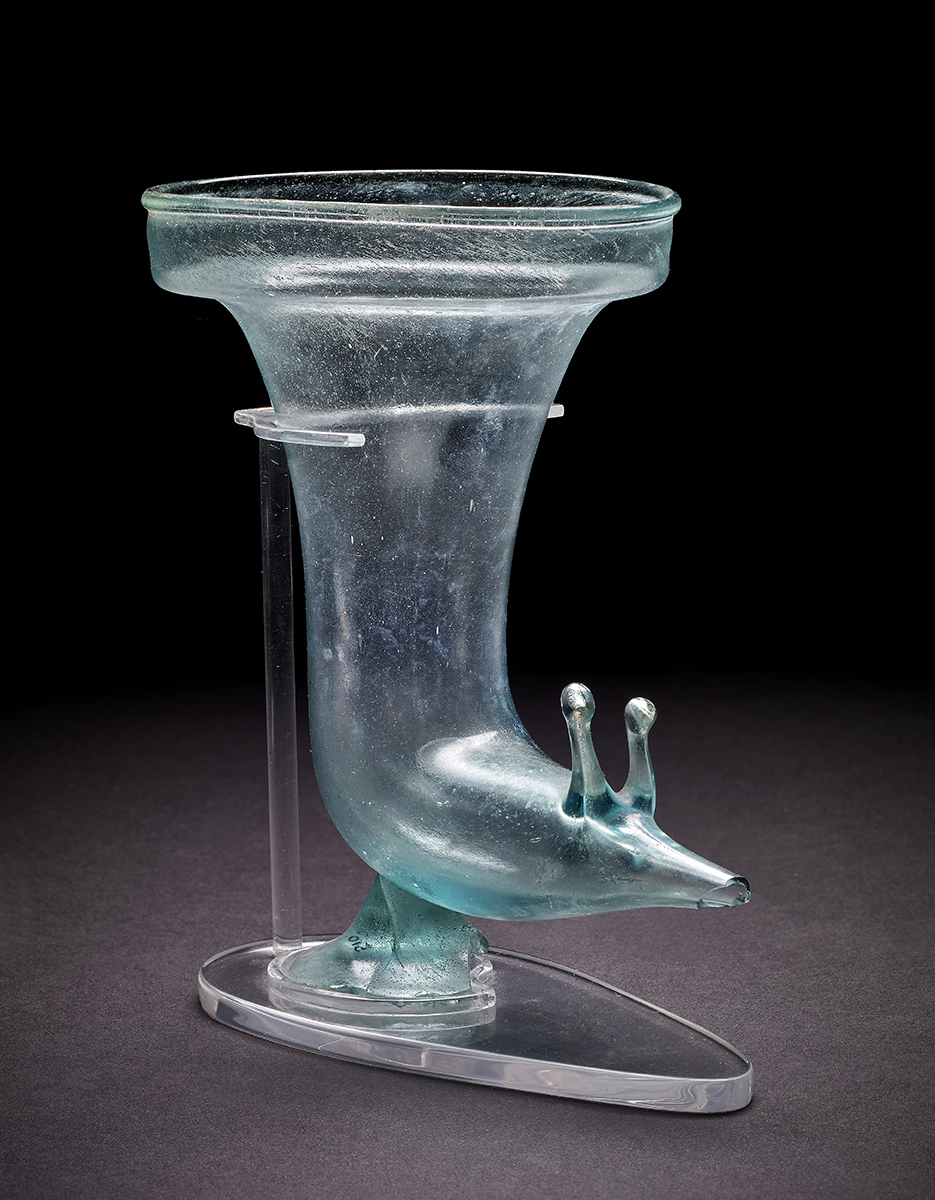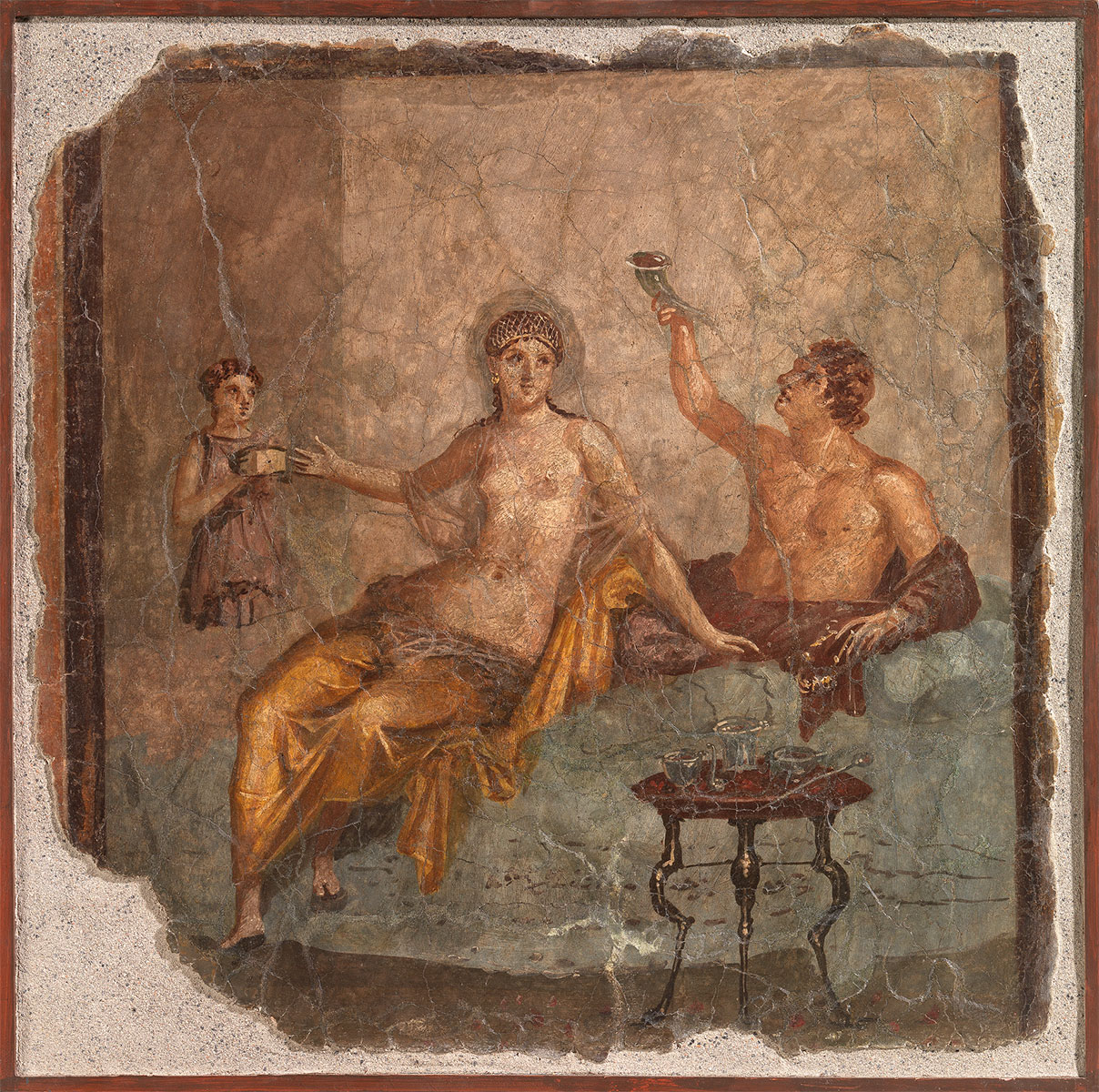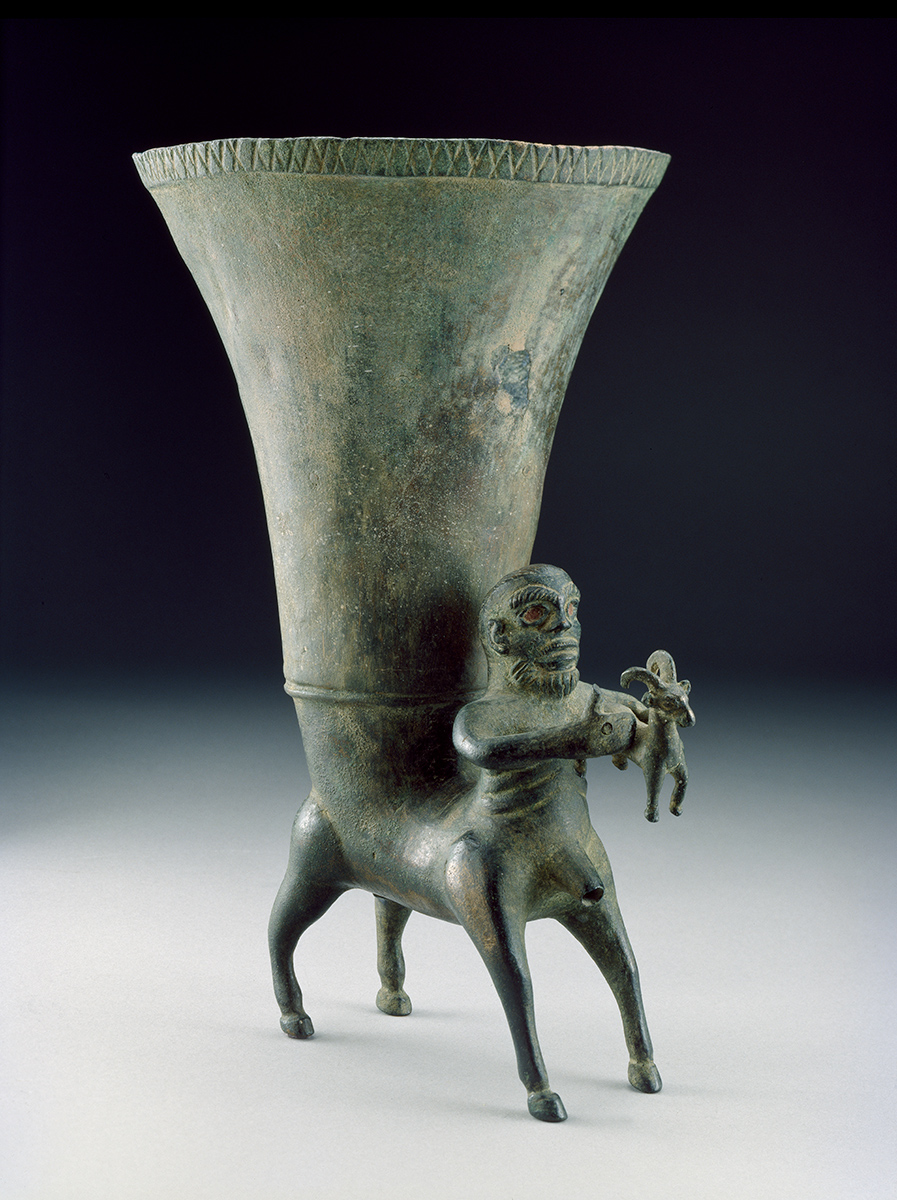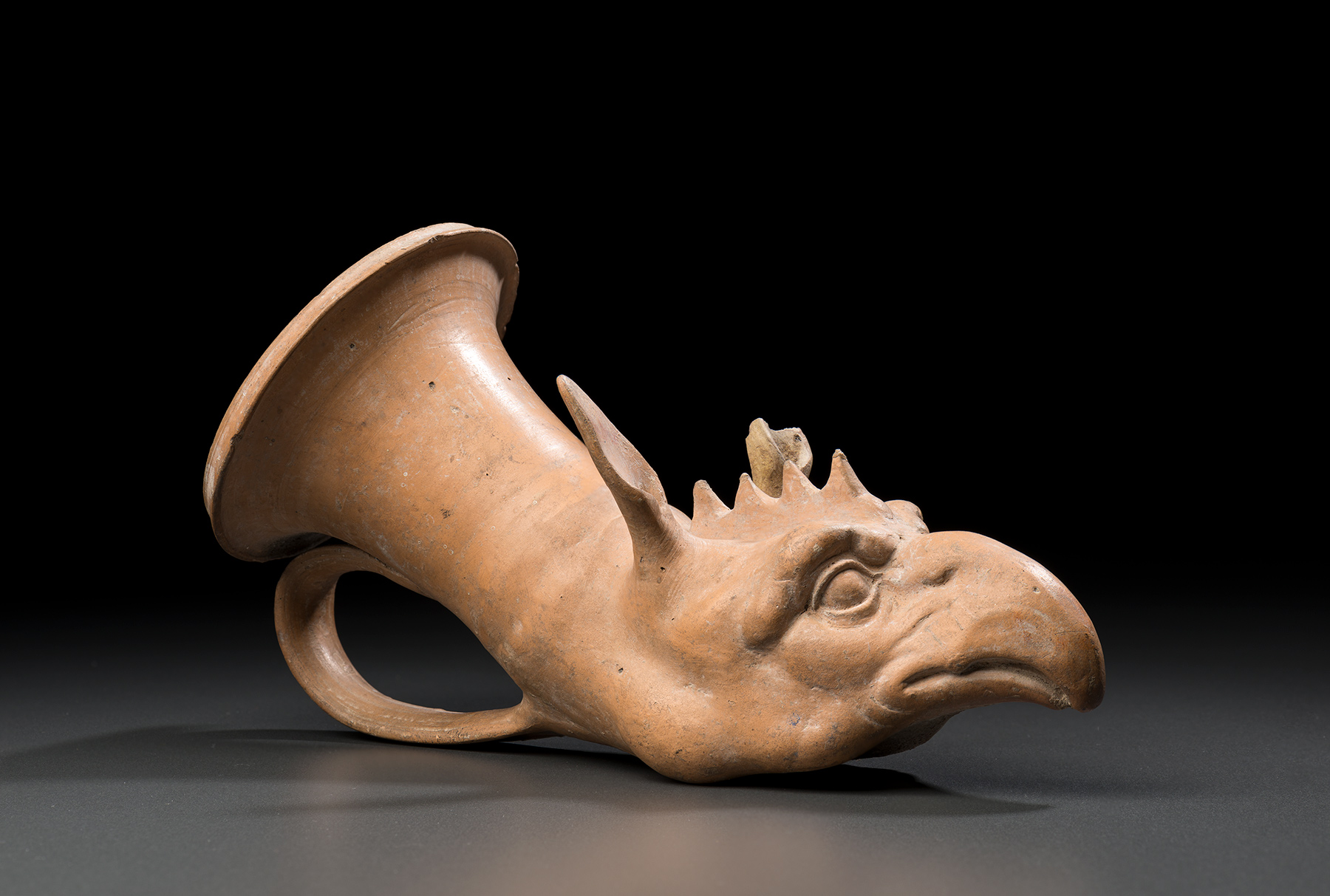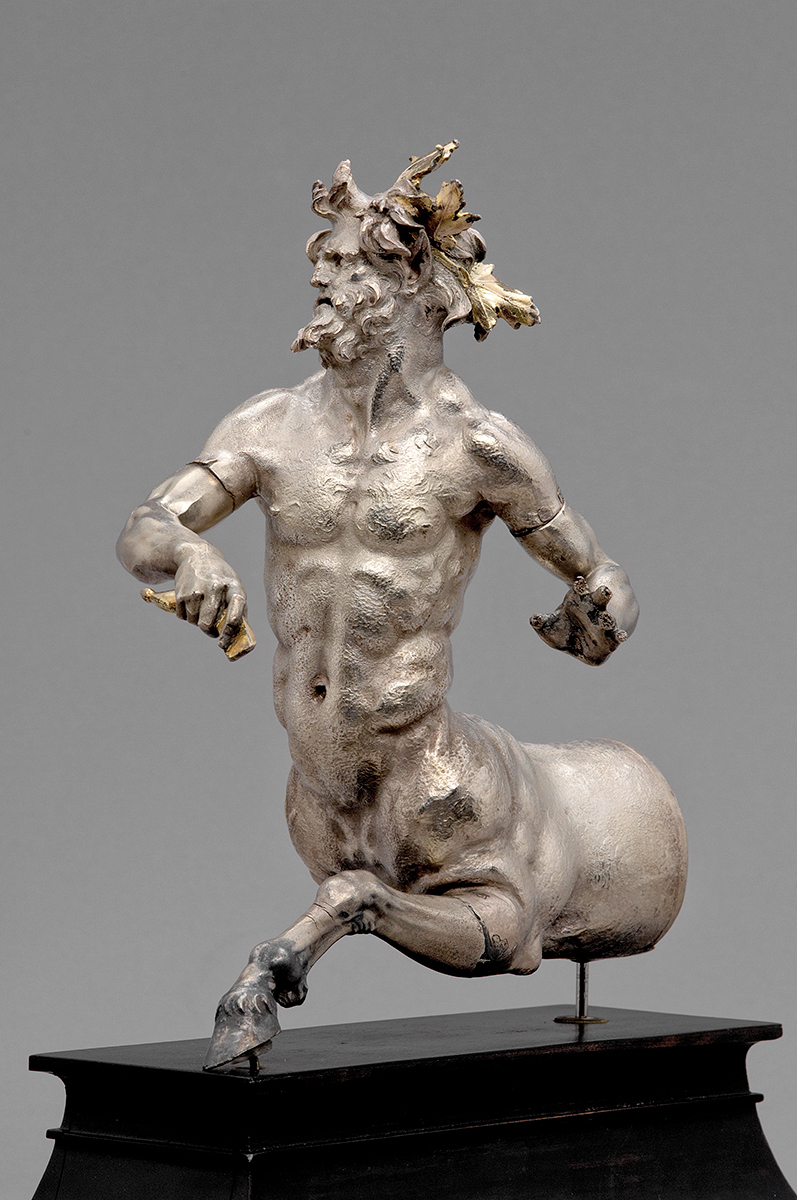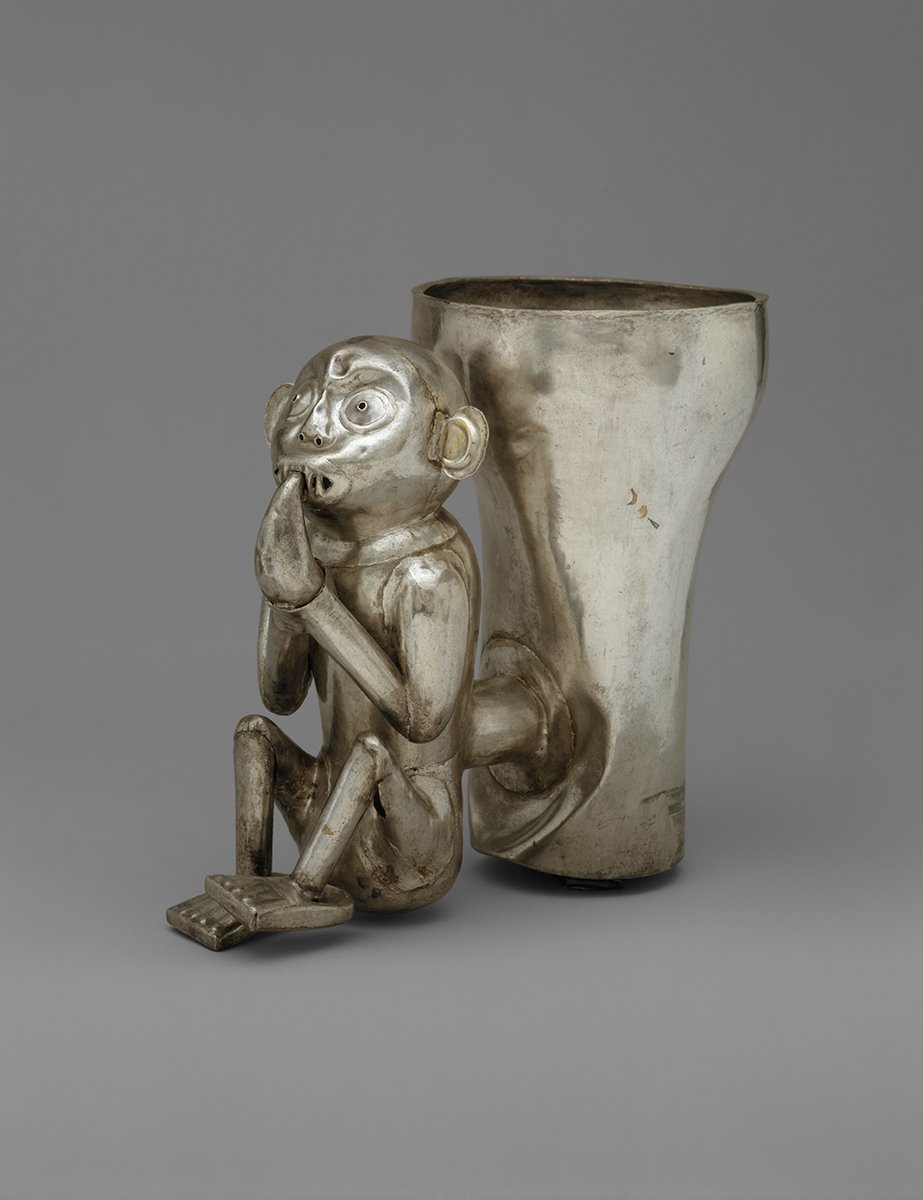Each of the elaborate vessels in our special exhibition Animal-Shaped Vessels from the Ancient World: Feasting with Gods, Heroes, and Kings tells an interesting story.
Take, for instance, a bull head rhyton (“flowing vessel”) from the Bronze Age. It was found in a tomb on the Greek island of Karpathos, among pottery imported from nearby Crete, where the Minoan civilization flourished. The bull was an important animal in Minoan religion. Bull rhyta had two openings, one of which may have been used to pour liquid offerings.
The rhyton is just one of many animal-shaped vessels in the exhibition that belong to this unique category of drinkware used for social and ritual occasions in cultures and regions throughout the ancient world. The depicted animals, both lifelike and imaginary, often had symbolic or metaphorical meanings.
These fascinating objects—their forms and histories—provided rewarding research opportunities for those who helped shape the exhibition. Curator Susanne Ebbinghaus, the George M.A. Hanfmann Curator of Ancient Art, led the exhibition team, which included the curatorial assistant for special exhibitions and publications in the museums’ Division of Asian and Mediterranean Art, current and former Frederick Randolph Grace Curatorial Fellows, and Harvard Ph.D. candidates who served as interns.
We asked the team to describe their favorite objects in the exhibition. Read on for what they had to say.



